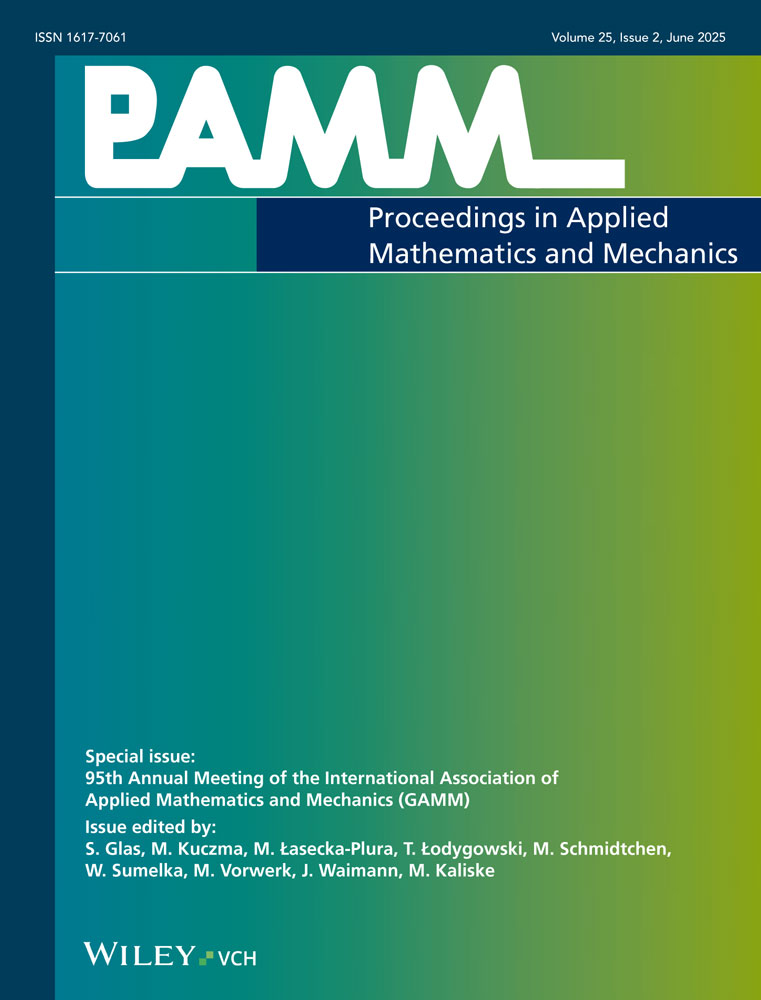High-order time integration methods in molecular dynamics
Abstract
The mechanical behaviour of molecular structures can be described with stiff differential equations, which can not be solved analytically. Several numerical time integration schemes can be found in the literature. The aim of this paper is to present the class of partitioned Runge-Kutta methods applied in molecular dynamics. This class of methods includes a wide range of explicit and implicit, single- and multi-stage, symplectic and non-symplectic, low- and high-order time integration schemes. Also most of the classical methods like explicit and implicit Euler, explicit and implicit midpoint rule, Störmer-Verlet and Newmark are also partitioned Runge-Kutta methods.
The schemes are implemented in a finite element code which can serve as a numerical platform for molecular dynamics. This code is used to show the sensitivity of the simulations to the accuracy of the initial values. (© 2012 Wiley-VCH Verlag GmbH & Co. KGaA, Weinheim)




